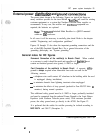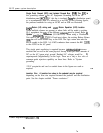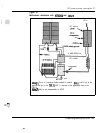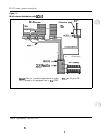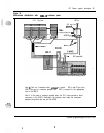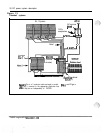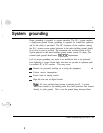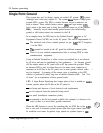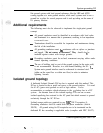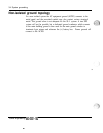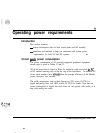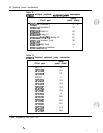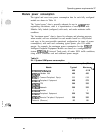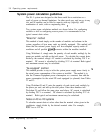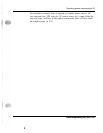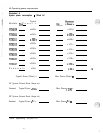
System grounding 33
like ground system with local ground references like the LRE and ACIG
coming together at a main ground window, while small systems tend to use a
ground bar or plate for several purposes and it ends up taking on the name of
it’s primary function.
Additional requirements
The following must also be observed to implement the single-point ground
concept:
-
All ground conductors must be identified in accordance with local codes
and terminated in a manner that is permanent, resulting in low impedance
connections.
-
Terminations should be accessible for inspection and maintenance during
the life of the installation.
-
All grounding conductors must be continuous with no splices or junctions
and tagged,
“D
O
not remove or disconnect.” They
should also be
insulated against contact with foreign grounds.
I.
-
Grounding conductors must be no-load, noncurrent carrying cables under
normal operating conditions.
-
The use of building steel as part of the ground system (in the series path)
is not recommended. However, in a steel-framed building, the SL-
1
System main ground interface must be referenced to structural steel
-
(either on the same floor or within one floor) in order to minimize
lightning hazards.
Isolated ground topology
A dedicated Isolated Ground (IG) bus bar is required with this method. This
IG bus is located in the ac panel and serves as the ground window. It is used
for all AC (green wire) grounds as well as logic returns. It also
accommodates a conductor which references to the (+) battery bus in a DC
system. An alternate form of this isolated topology is to use one or more
isolated equalizing bars external to the AC panel but which connect to ground
exclusively through the AC IG bus.
Isolated orange outlets are required (as per h!EC 250-74 exception 4).
Grounding conductors shall be routed with the phase conductors (Article
300-20). All ground wiring for IG receptacles are to be terminated on the
dedicated IG bus according to applicable codes (complies with NEC 384-27).
Power engineering 553-3001-l 52
.
.



